Students at the Library
This post is not about students who use the library. We all know that tons of students find us useful. This post is about students who work here; some have for many semesters, others have begun only recently. Most are work study students, several are co-ops. Below are their profiles, with pictures.
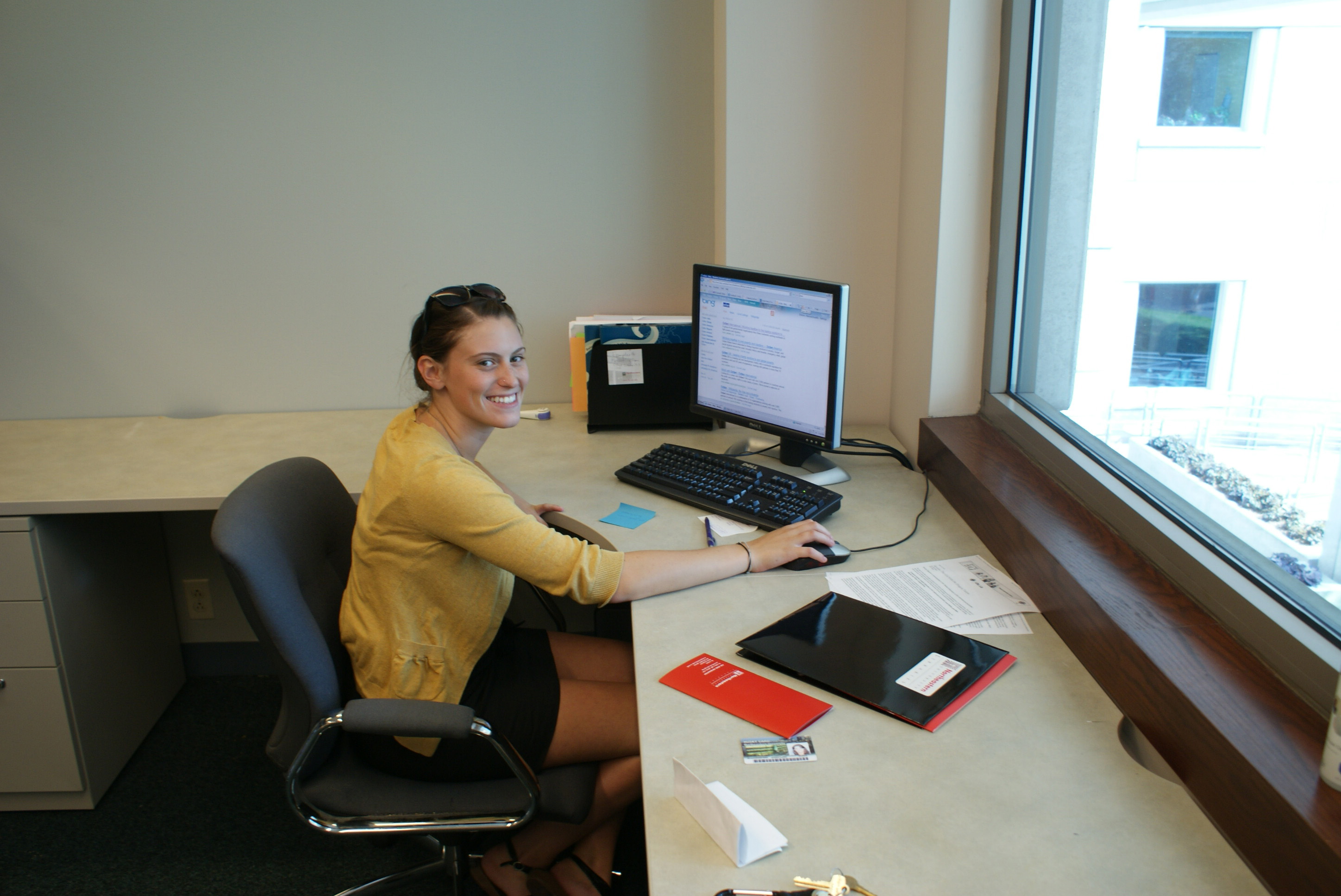 (Co-op Jordan Hellman, 2013)
(Co-op Jordan Hellman, 2013)
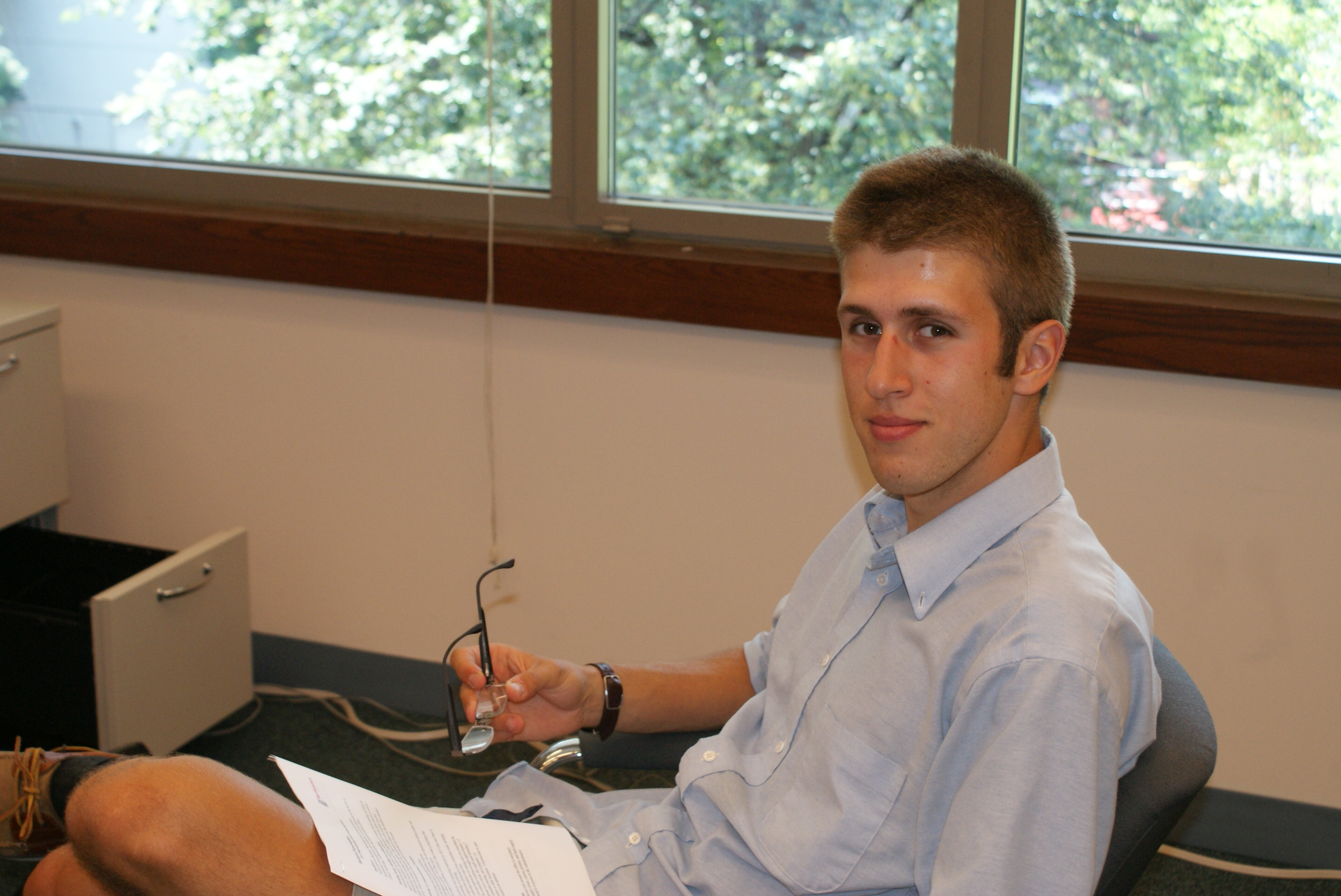 (Graphic Design Co-op Steve Olimpio, 2013)
(Graphic Design Co-op Steve Olimpio, 2013)
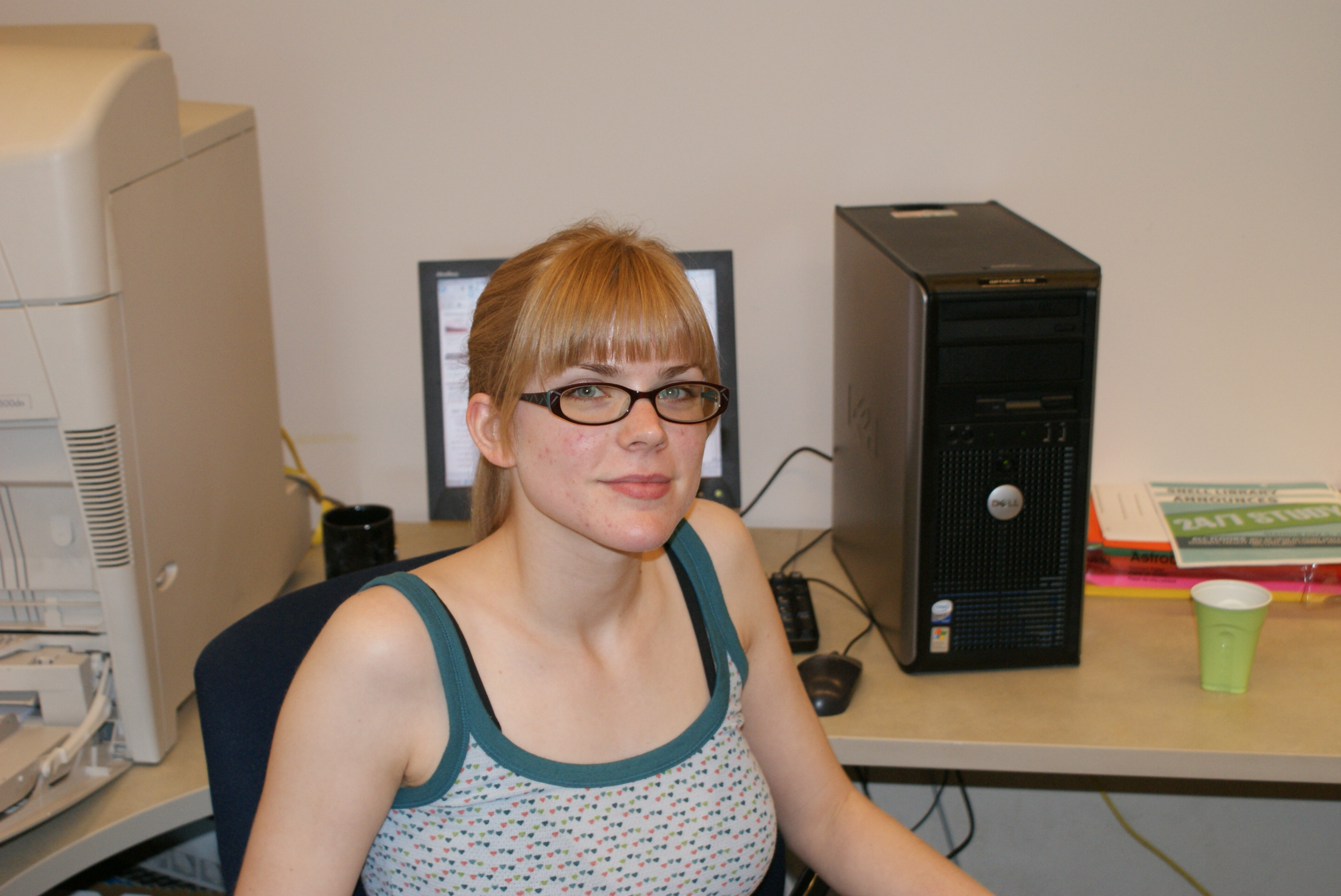 (Work Study student Kristin Richardson, 2011)
(Work Study student Kristin Richardson, 2011)
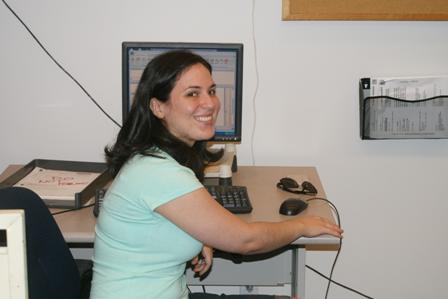 (Erin Beach, Resource Sharing)
(Erin Beach, Resource Sharing)
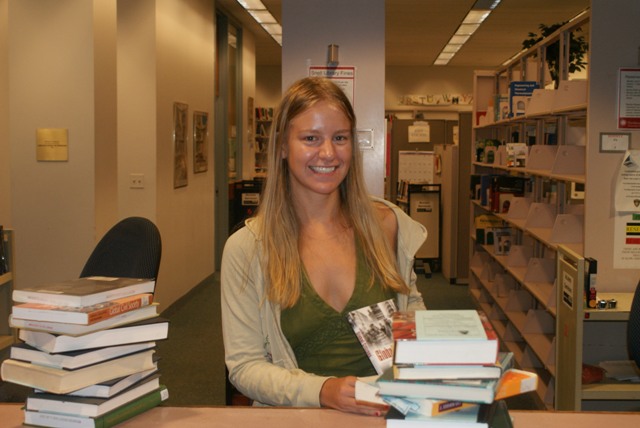 (Vicky Lucas, part time worker, circulation)
(Vicky Lucas, part time worker, circulation)
![DSC02617[1]](https://librarynews.northeastern.edu/wp-content/uploads/2010/07/DSC026171.jpg) (Joyce Lin, DMDS co-op)
If there is anybody I missed who wishes to be profiled, please let me know. I’m sure there are. (Unfortunately for my ego, I can’t profile myself. No longer a student.)
(Joyce Lin, DMDS co-op)
If there is anybody I missed who wishes to be profiled, please let me know. I’m sure there are. (Unfortunately for my ego, I can’t profile myself. No longer a student.)
 (Co-op Jordan Hellman, 2013)
(Co-op Jordan Hellman, 2013)
 (Graphic Design Co-op Steve Olimpio, 2013)
(Graphic Design Co-op Steve Olimpio, 2013)
 (Work Study student Kristin Richardson, 2011)
(Work Study student Kristin Richardson, 2011)
 (Erin Beach, Resource Sharing)
(Erin Beach, Resource Sharing)
 (Vicky Lucas, part time worker, circulation)
(Vicky Lucas, part time worker, circulation)
![DSC02617[1]](https://librarynews.northeastern.edu/wp-content/uploads/2010/07/DSC026171.jpg) (Joyce Lin, DMDS co-op)
If there is anybody I missed who wishes to be profiled, please let me know. I’m sure there are. (Unfortunately for my ego, I can’t profile myself. No longer a student.)
(Joyce Lin, DMDS co-op)
If there is anybody I missed who wishes to be profiled, please let me know. I’m sure there are. (Unfortunately for my ego, I can’t profile myself. No longer a student.) Being a film fanatic, I want to express my appreciation of The Hub’s numerous books on cinema. Each time I wander back there, I see a new book on film. A few weeks ago I sat down and read
Being a film fanatic, I want to express my appreciation of The Hub’s numerous books on cinema. Each time I wander back there, I see a new book on film. A few weeks ago I sat down and read